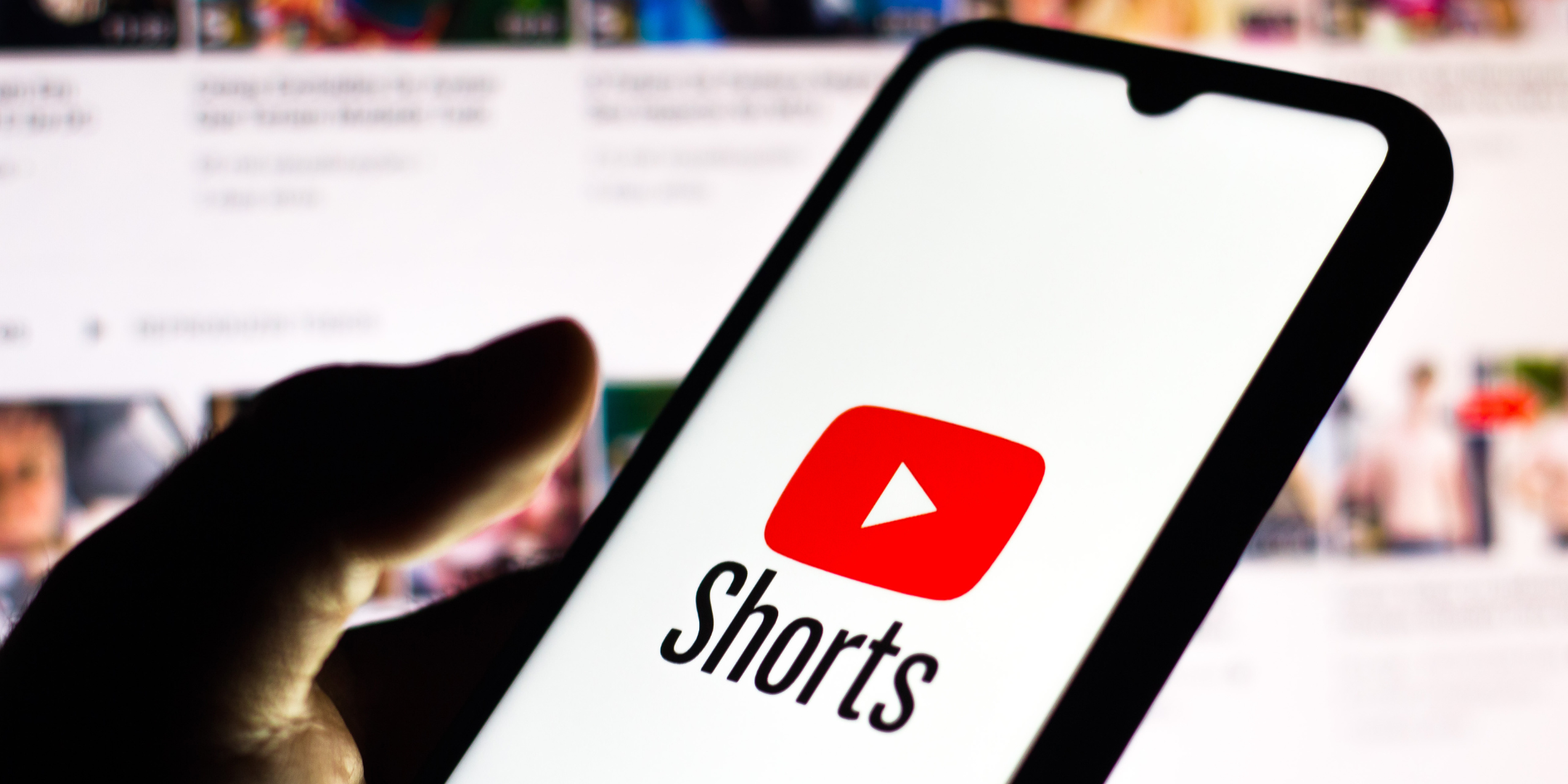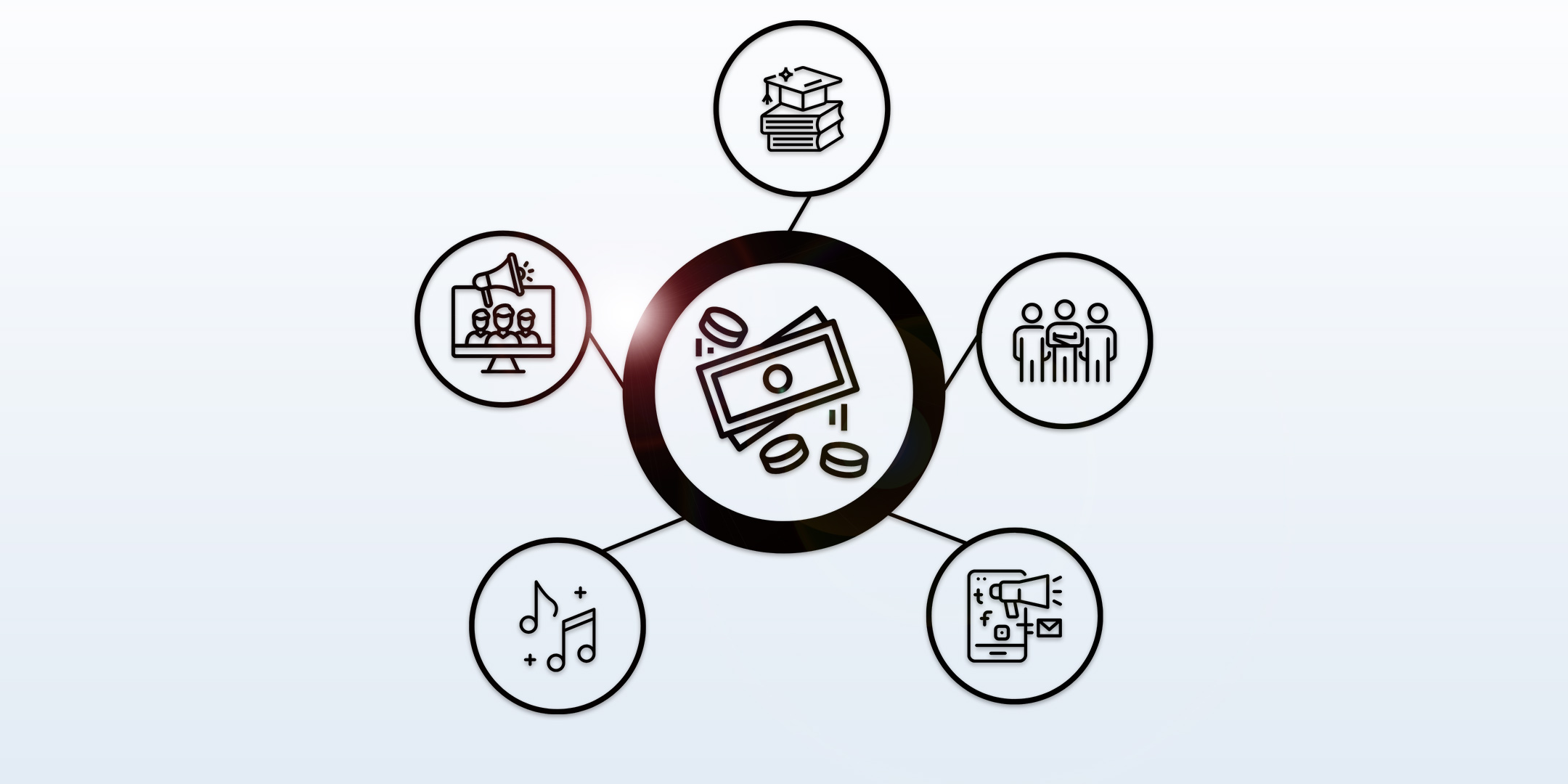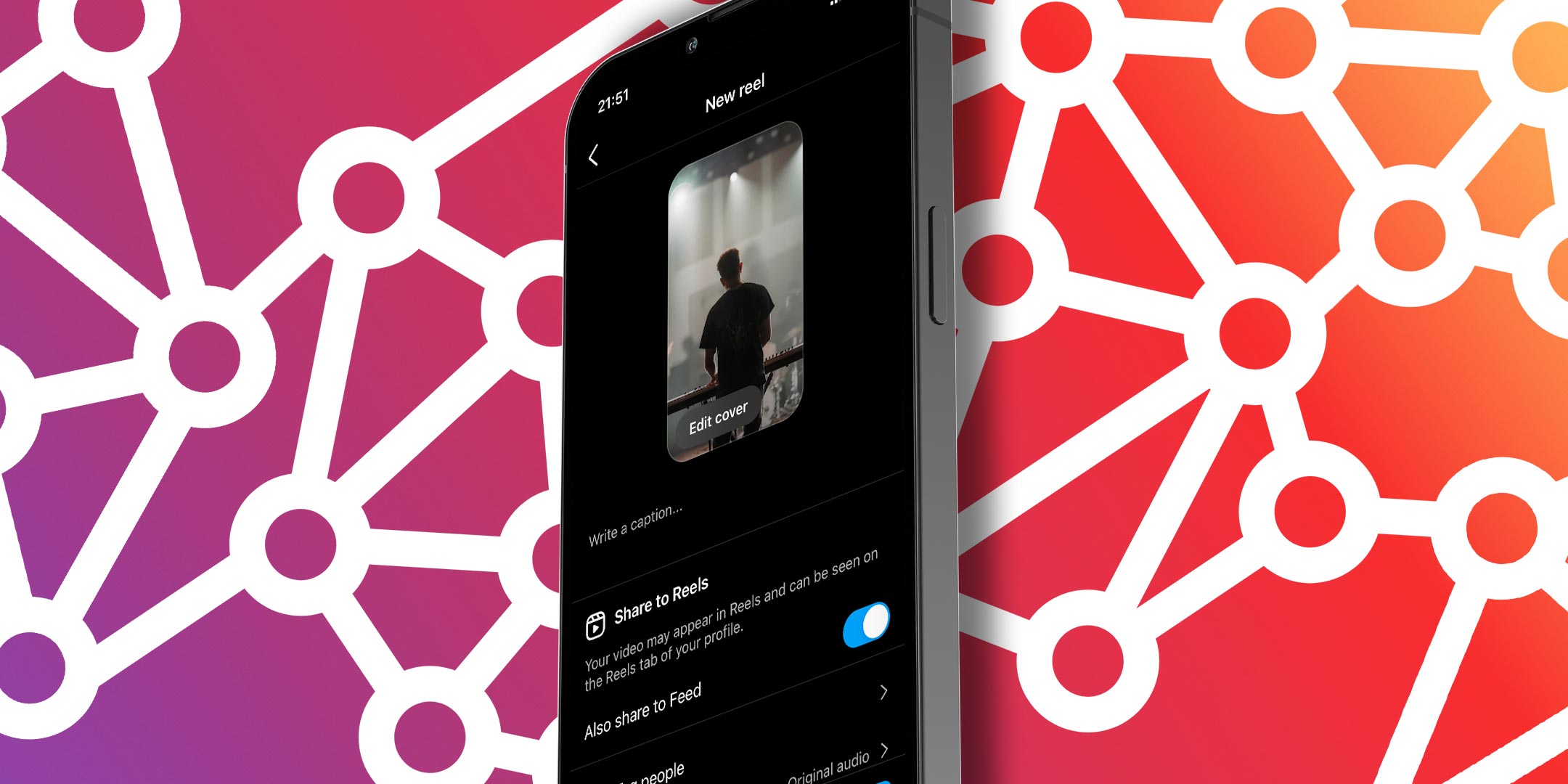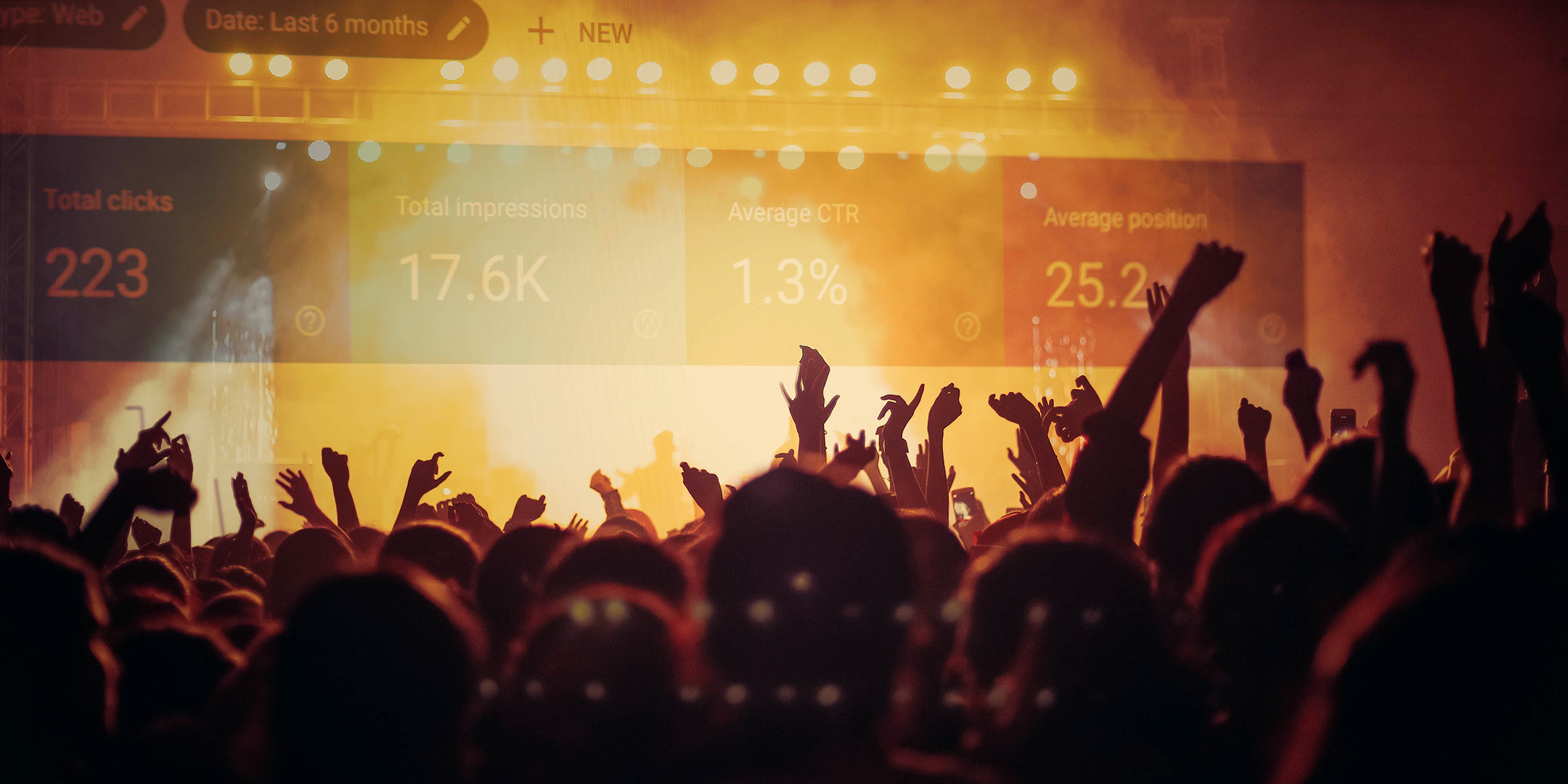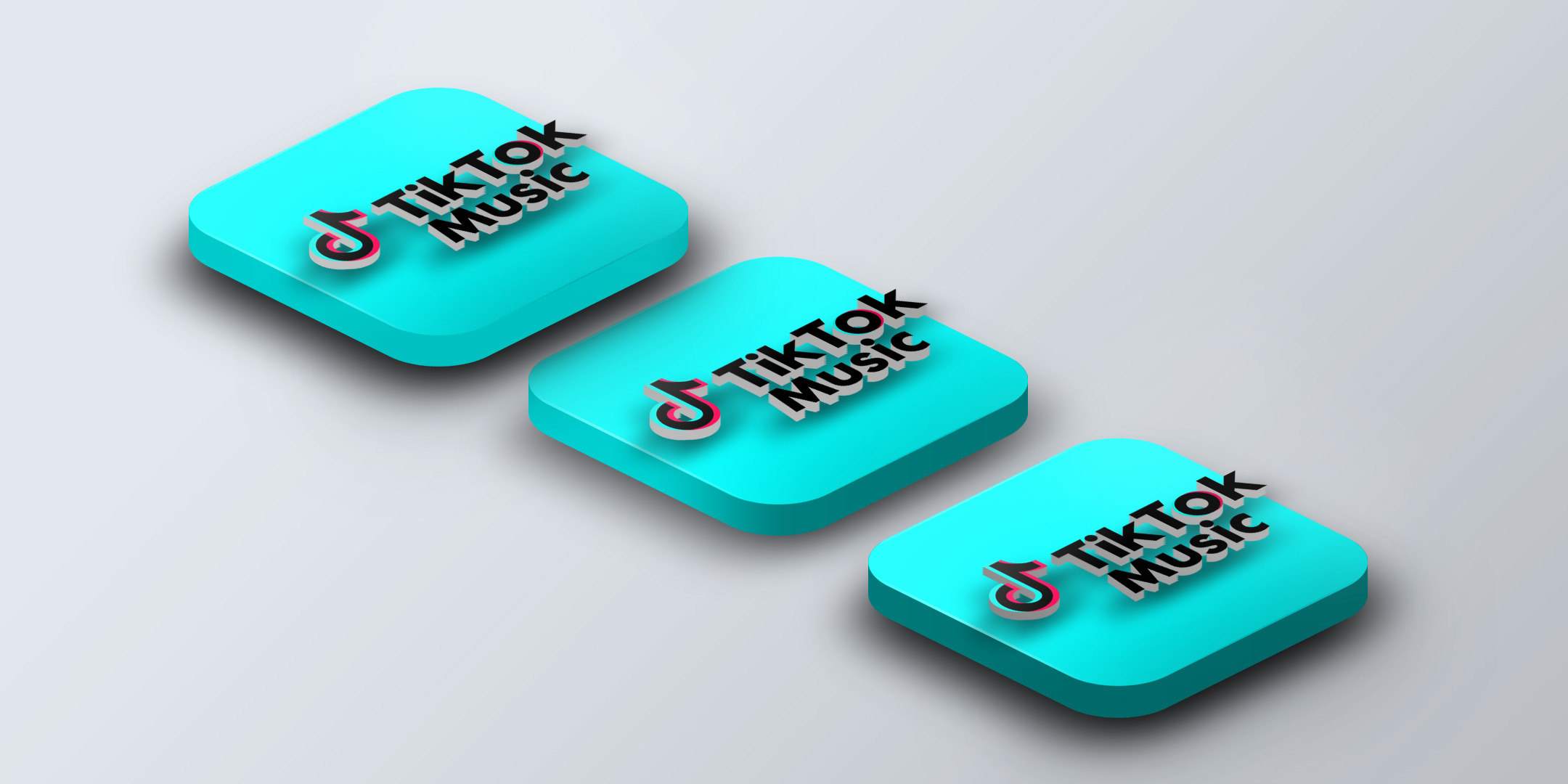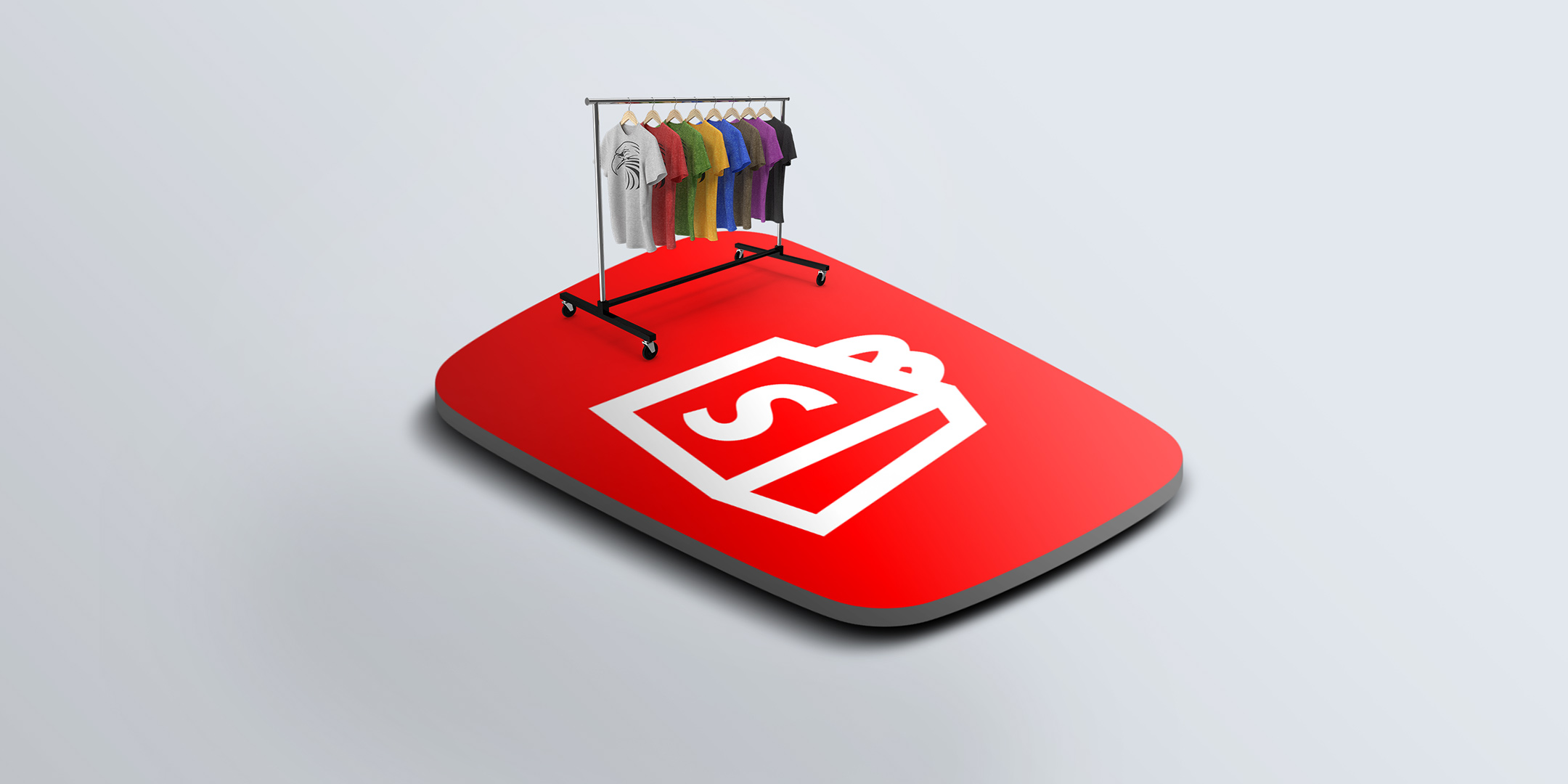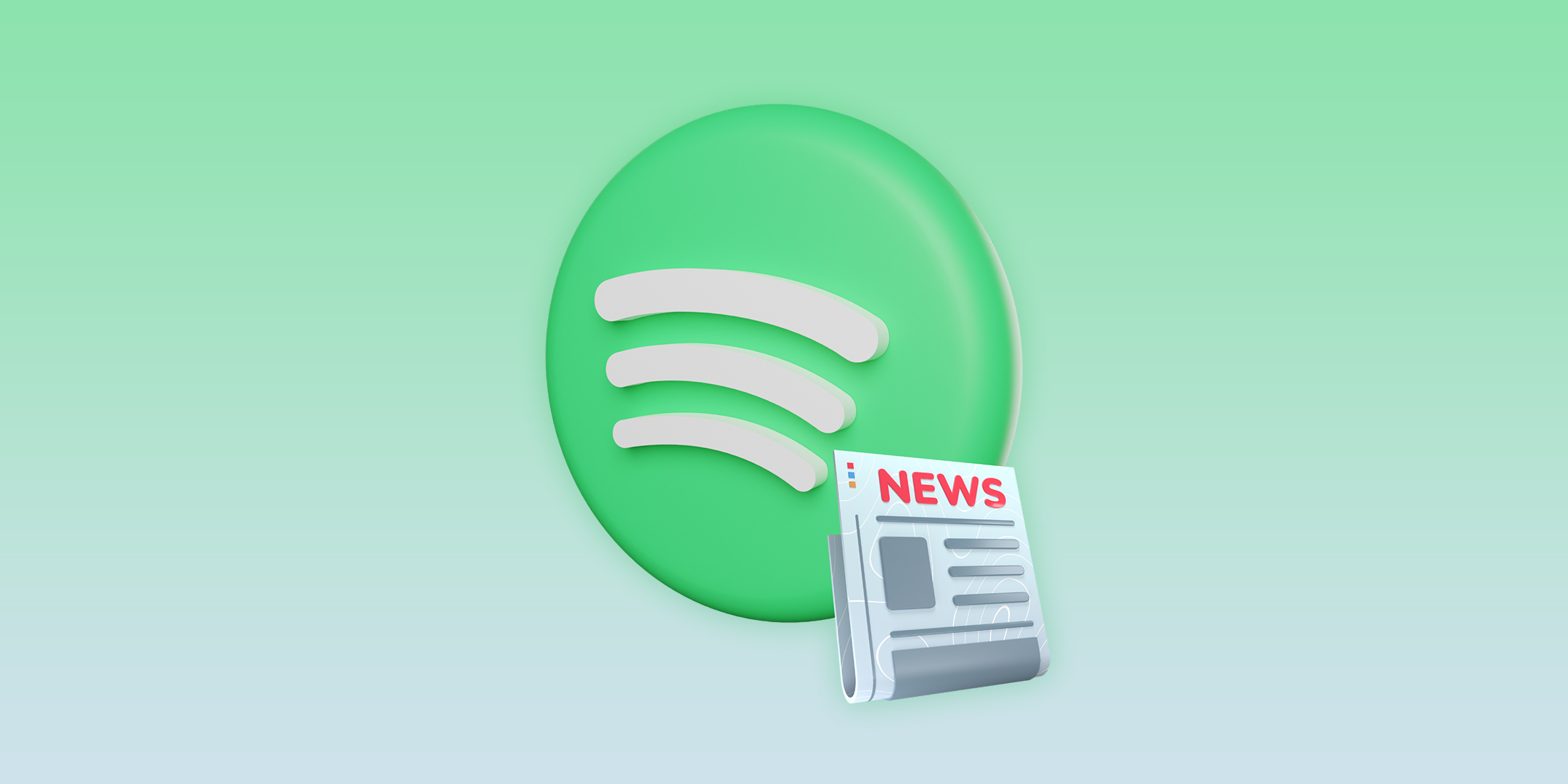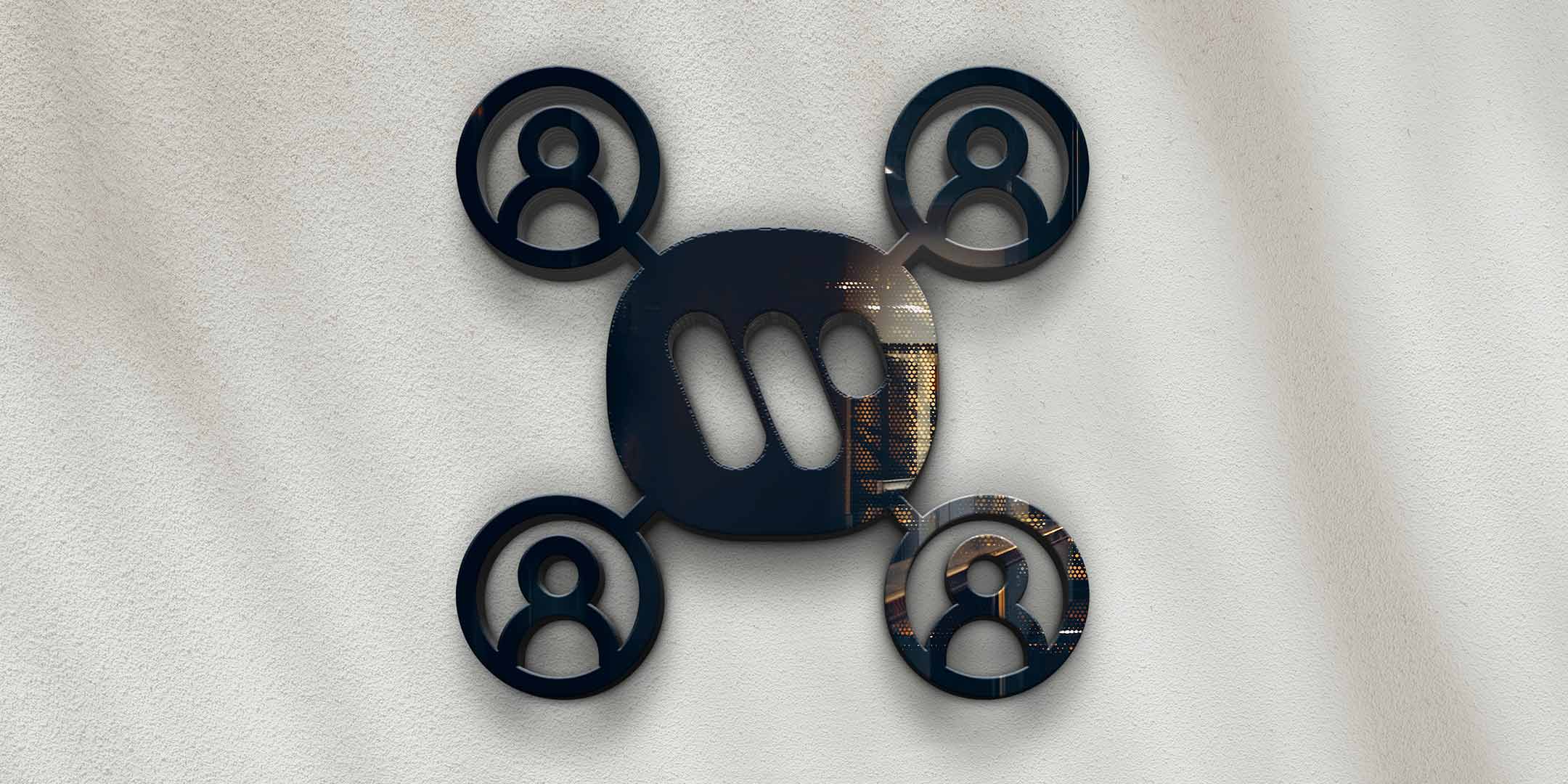Does too much music lead to far-reaching changes in the streaming business?

- Streaming services have more than 10 million songs in their libraries, and 100,000 more are supposedly added everyday
- A return of gatekeeping is already being discussed, meaning limiting the access to streaming services
- What these restrictions could look like and who would be interested in implementing them
Recently, two earth-shattering numbers have been published that have sparked quite a debate. For one, Apple Music announced that their library reached the 100 million song mark. Soon after, Amazon Music and YouTube Music also made it known that they have broken this sound barrier.
On the other hand, the CEOs of Universal Music and Warner Music disclosed that there are currently 100,000 new songs being uploaded to the DSPs every day. In the first half of 2018, Spotify was still listing 20,000 songs per day, in April, the number grew to 40,000, and finally, in February 2021, the often-cited 60,000 track milestone was reached. Now, a year and a half later, they’ve apparently broken the 100k mark, as well. Why the 60,000 and therefore also the 100,000 uploads are exaggerated is what this article will show, however.
Lots of music no one listens to
Let’s actually assume that there are 100,000 new songs being uploaded every day and that you can therefore find one million new songs on the DSPs every 10 days. In one year, that would come out to 35 million new songs, and in three years, the current number of 100 million songs would be doubled. Considering this nearly inconceivable quantity of music, it is hardly surprising that countless releases are rarely or never played at all.
Last spring, we already posted some data on this: Out of the 8 million artists on Spotify, 6.27 million have fewer than 50 monthly listeners. Out of the 78.4 million tracks on Spotify at the time, 17.54 million (22.37%) were streamed fewer than 100 times, while 38.69 million reached more than 500 streams. This means that more than half of all available tracks remained below the 500-stream mark.
Drowning in the constant flow of music
Obviously, it’s extremely hard to stand out in this enormous quantity of newly uploaded songs. However, the bigger competition actually comes from catalog releases, as older songs steadily have a higher market share. The DSPs like to brag with their big collection of tracks, and the major labels want to portray themselves to be the people who can help you stand out from the enormous masses. Of course, this is not wrong. If you’re with a major label, you will certainly receive a certain level of attention. But even the bigwigs are having more and more trouble creating stars and generating actual hits that don’t immediately disappear into oblivion.
Should gatekeeping make a return?
In the streaming age, gatekeeping has practically been eradicated, and the number of releases has skyrocketed. To put it in comparison: In the 60s, only 5,000 albums were released – per year. Even if these albums had 20 songs each on average, that would only amount to 100,000 songs – which is as many as we see being released today on a daily basis.
So, what we’ve got here is an unmanageable amount of music, and some parties, including the major labels, have called for some restrictions. Of course, what they mean here isn’t their own repertoire but artists who release their music independently. There is, no doubt, a certain arrogance there, when these majors give off the impression that DIY releases are only there to clog up the DSPs. Sony Music’s CEO, for instance, called a big portion of uploads flotsam and jetsam. Universal’s CEO expressed the concern that the algorithms are directing listeners more and more towards low-quality content. Universal’s EVP Michael Nash simply referred to it as noise, arguing that few artists actually reach more than 50 monthly listeners.
The major labels are obviously acting entirely in their own interest. On the other hand, no one can deny that there is a lot of music on these streaming platforms that could be removed without a problem, and what’s more, without any loss of quality either.
Quantity of music causing financial problems
For the streaming services, this enormous quantity of songs has become a problem, as well – at least for those that don’t have cloud storage like Google, Amazon, or Apple does. MusicBusinessWorldwide has calculated that just this year, Spotify has spent at least 130 million USD for cloud computing services, which is the place in the cloud where all these vast quantities of songs (and podcasts and audiobooks…) are stored.
So, that’s one problem. The other is that it may well be that one day, even the best algorithms won’t be able to manage this flood of new releases, and recommendations get less accurate. Both of these points beg the additional question: What happens when 300,000 songs are being uploaded daily, like when more AI-generated music pops up or space-consuming video content becomes more important?
How can you make the product range smaller?
When it comes to 100 million existing and 100,000 new songs, it is, of course, impossible to sort through the library manually and weed out low-grade products. Additionally, the problem remains that low quality is in many cases in the eyes of the beholder, as trashy sound quality can actually be a stylistic device, as well.
At the end of the day, the issue will probably have to be solved using numbers: If a song doesn’t reach at least 1,000 streams within 6 months, for instance, it will either be removed from the platform or the artist has to pay to keep it online.
A lot of substandard music would disappear this way, and it would actually open up a new source of income for the DSPs.
On the other hand, there is the question of whether it’s fair to judge based on numbers alone. Especially for artists who are more active in smaller markets and maybe within a niche genre on top of that, it is much harder to reach this benchmark. So, it can be assumed that quite a lot of good music would disappear, as well. For the DSPs and perhaps their partners, too, there will be administrative expenditures that cannot be underestimated.
Many open questions
But the main question is: Who would take the first step? For Spotify and their enormous Cloud costs, it would certainly be lucrative. But why should the tech giants like Apple, Amazon, and Google follow suit if they’ve just celebrated their 100 million songs as a milestone and have their own cloud at their disposal?
Would Spotify be at a disadvantage if they have less music to offer? Should the DSPs invest in a more refined algorithm to filter out racist content and other scum but also to make a pre-selection of additional uploads that could be removed? Should the curation of content additionally be boosted, not just through algorithms but primarily with human resources, to give listeners actual guides to help them navigate the release jungle? But wouldn’t we be right back with issues of transparency when it comes to both algorithms and content curation? And most of all, isn’t curation also a form of gatekeeping? As you can see, things are quite complicated, and there are no easy solutions.


